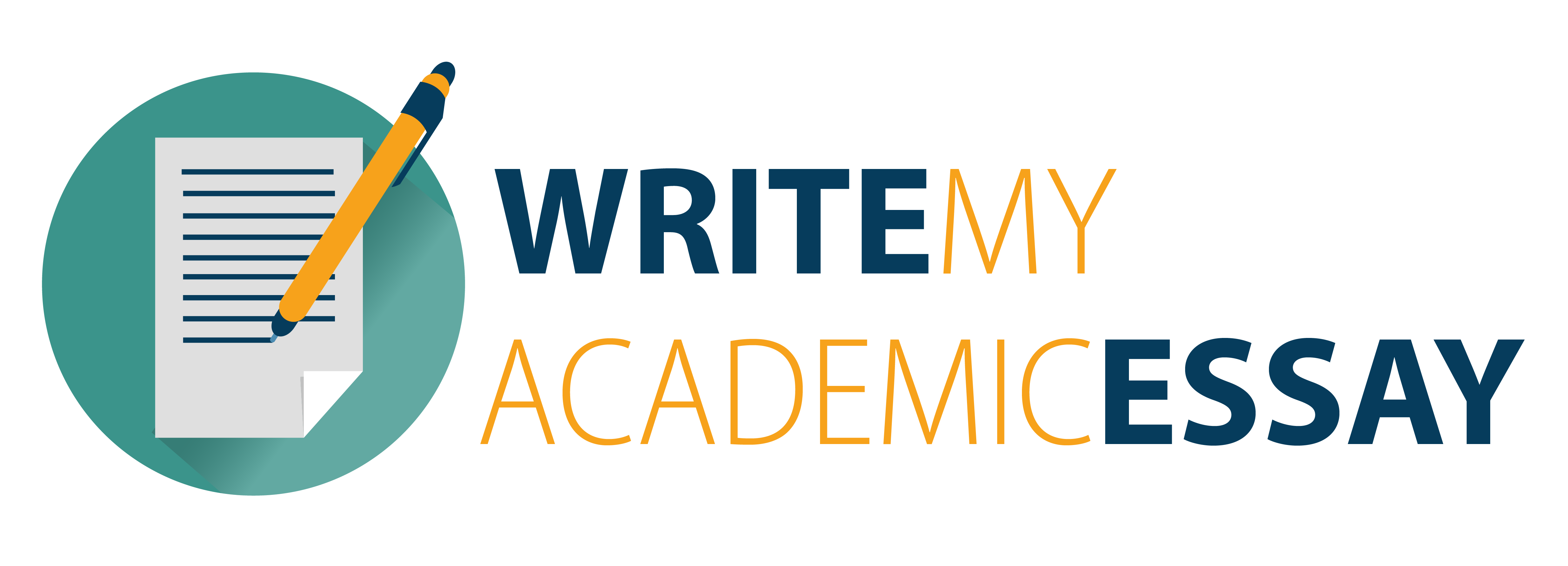Validity: Measuring What You Intend to Measure
Validity refers to the extent to which a tool, test, or procedure accurately measures the specific concept it claims to measure. In simpler terms, it asks: Does the instrument measure what it is supposed to measure? Validity ensures that the conclusions drawn from data are meaningful and aligned with the research objectives. Without validity, results may be irrelevant or misleading, even if they appear consistent.
Types of Validity
- Content Validity:
- Assesses whether a test adequately represents all facets of the construct being measured.
- Example: A math exam for 5th graders has this if it covers topics taught in their curriculum.
- Criterion-Related Validity:
- Evaluates how well a test correlates with an established outcome (criterion).
- Subtypes:
- Concurrent validity: Correlation with a criterion measured at the same time (e.g., comparing a new depression survey with a clinically validated one).
- Predictive validity: Ability to predict future outcomes (e.g., SAT scores predicting college GPA).
- Construct Validity:
- Determines whether a test truly measures the theoretical construct it claims to.
- Example: A “resilience” questionnaire should measure coping skills, not general happiness.
- Face Validity:
- A superficial assessment of whether a test appears to measure its intended concept (less rigorous but useful for participant engagement).
Reliability: Consistency in Measurement
Reliability refers to the consistency, stability, and repeatability of a measurement tool. It answers the question: Would the same method produce similar results under consistent conditions? A reliable instrument minimizes random error, ensuring that outcomes are not due to chance. However, reliability alone does not guarantee validity—a test can be consistently wrong.
Types of Reliability
- Test-Retest Reliability:
- Consistency of results when the same test is administered to the same group at two different times.
- Example: A personality test given twice to participants a month apart should yield similar scores.
- Inter-Rater Reliability:
- Agreement between different observers or raters using the same measurement tool.
- Example: Two clinicians diagnosing the same patient should reach the same conclusion.
- Internal Consistency:
- The degree to which items within a test measure the same construct.
- Measured using statistics like Cronbach’s alpha (α).
- Example: A survey about anxiety should have questions that all relate to anxiety, not unrelated traits like extroversion.
- Parallel-Forms Reliability:
- Consistency between two different versions of a test designed to measure the same construct.
The Relationship Between Validity and Reliability
The two are interrelated but distinct:
- A test can be reliable without being valid. For instance, a faulty thermometer might consistently show the same incorrect temperature (reliable but invalid).
- A test cannot be valid without being reliable. If results are inconsistent, they cannot accurately measure the intended construct.
- Reliability is a necessary but insufficient condition for validity. Consistency is the first step, but accuracy is the ultimate goal.
Importance in Research and Practice
- Credibility of Findings:
- Validity ensures that research conclusions are relevant to the hypothesis, while reliability ensures they are reproducible.
- Ethical Responsibility:
- In fields like healthcare or education, invalid tools may lead to incorrect diagnoses or ineffective interventions.
- Resource Efficiency:
- Reliable methods reduce wasted time and resources on flawed data collection.
- Policy and Decision-Making:
- Policymakers rely on valid and reliable data to design programs or allocate funding.
Challenges and Considerations
- Trade-offs: Increasing reliability (e.g., adding more questions to a survey) may reduce validity if the questions become redundant or off-topic.
- Context Dependency: A tool valid in one population (e.g., adults) may not be valid in another (e.g., children).
- Subjectivity: Some constructs, like “quality of life,” are abstract and harder to measure reliably and validly.
Conclusion
Validity and reliability are twin pillars supporting the integrity of research and assessment. Validity ensures that measurements align with their intended purpose, while reliability guarantees consistency across repeated trials. Together, they form the bedrock of credible, ethical, and actionable research. Researchers must rigorously evaluate both aspects during study design, acknowledging that no tool is perfect but striving to minimize error and bias. By prioritizing validity and reliability, scholars and practitioners uphold standards that foster trust in science and its applications to real-world problems.


